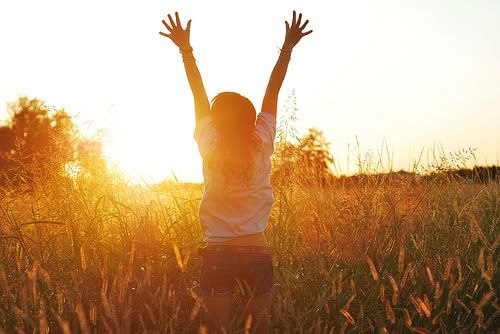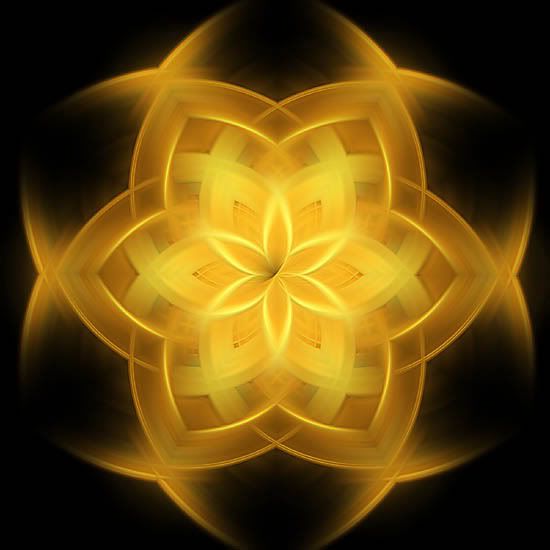 Rupert Bunny, Pastoral (1893)
Rupert Bunny, Pastoral (1893) Rupert Bunny, Who Comes (1908)
Rupert Bunny, Who Comes (1908)If I were to ask you to name some famous Australian painters, you would probably mention Brett Whitely, Norman Lindsay, Margaret Preston or Sidney Nolan, and perhaps Frederick McCubbin or Arthur Streeton. Of course Australia holds quite a credible list of artists but it is less likely that Rupert Bunny would get a mention. Bunny was the only Australian artist to successfully work alongside European artists in Paris, and receive outstanding reviews during the late 1800s and early 1900s.
The current exhibition, Rupert Bunny: artist in Paris at the Art Gallery of NSW, not only shows a huge collection of Bunny’s work but also his diversity. Personally, I really enjoyed the assortment of mythological paintings Bunny portrayed: the subdued blue-grey images of Pan and the water nymphs with splashes of red from the 1880s and early 1990s; the darker and sometimes horrific monotypes of Prometheus, Salome and alike, completed during the late 1890s; and the more vibrantly coloured and emotionally filled legends of Greek Gods, Goddesses, and leaders, with winged horses and serpents from around 1913 through to the early 1920s.
Certainly, there are many wonderful paintings in this exhibition that conform to the more traditional standards that society commonly finds pleasurable and could quite easily be mistaken for a true French Impressionist. Bunny’s use and display of light is quite fascinating although not as significantly obvious in pictures, you really need to see the originals. An exhibition well worth seeing.










